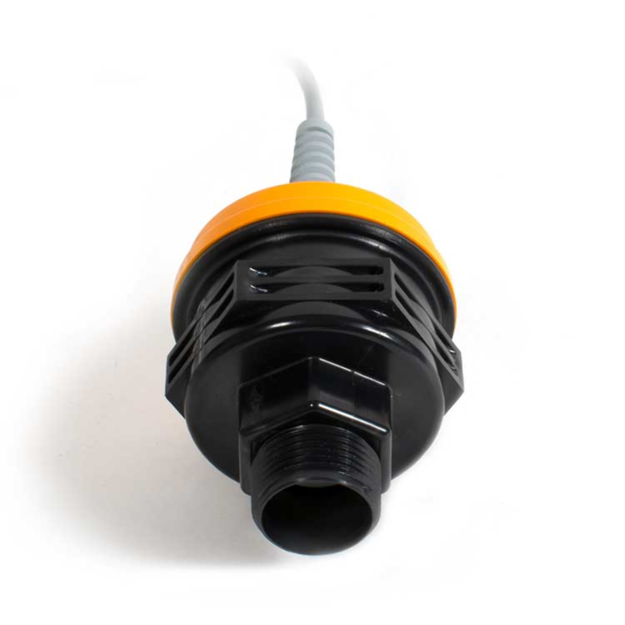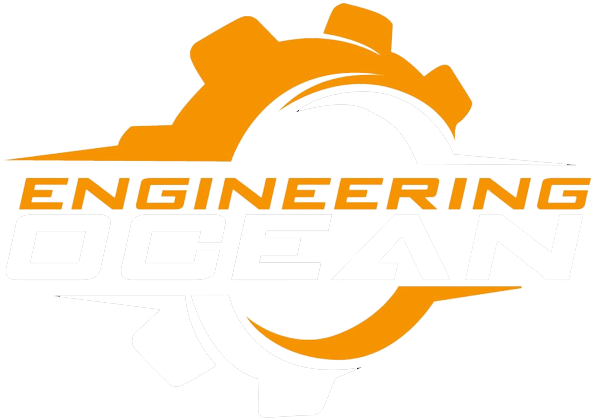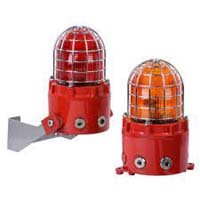Maximizing Efficiency with Ultrasonic Level Sensors: A Comprehensive Guide
The use of level sensors in various industries has become increasingly popular over the years. These sensors play a critical role in ensuring that operations run smoothly, and that the required levels of liquids, such as water and oil, are maintained. One of the most advanced and reliable types of level sensors available today is the ultrasonic level sensor. In this blog, we will delve into the world of ultrasonic level sensors and explore their advantages, applications, and how they can help maximize efficiency in various industries.

What is an Ultrasonic Level Sensor?
An ultrasonic level sensor is a device that uses ultrasonic waves to measure the distance between the sensor and the surface of a liquid. The device sends out high-frequency sound waves that travel through the air and reflect off the surface of the liquid. The time it takes for the sound waves to travel from the sensor to the liquid and back is used to calculate the distance between the sensor and the liquid. This measurement is then used to determine the level of the liquid.
Advantages of Ultrasonic Level Sensors
Precision and Accuracy
One of the biggest advantages of ultrasonic level sensors is their precision and accuracy. Unlike other types of level sensors, ultrasonic level sensors are not affected by changes in temperature, pressure, or the physical properties of the liquid being measured. This means that the measurement readings are always accurate, even in harsh and challenging environments.
Non-Intrusive
Another advantage of ultrasonic level sensors is that they are non-intrusive, meaning they do not come into contact with the liquid being measured. This makes them ideal for use in applications where the liquid being measured is hazardous or corrosive.
Wide Range of Applications
Ultrasonic level sensors can be used in a wide range of applications, including the monitoring of liquids in tanks, reservoirs, and containers. They are also commonly used in process control, industrial automation, and other applications where accurate and reliable level measurements are required.

Applications of Ultrasonic Level Sensors
Industrial Automation
In the world of industrial automation, ultrasonic level sensors are used to monitor the level of liquids in tanks, containers, and reservoirs. This allows companies to optimize their operations and reduce the risk of spills and other accidents.
Process Control
Ultrasonic level sensors are also commonly used in process control applications, where accurate level measurements are critical to the proper functioning of the process. For example, they are used to monitor the level of liquids in chemical processing plants, water treatment facilities, and oil refineries.
Environmental Monitoring
In the field of environmental monitoring, ultrasonic level sensors are used to measure the level of liquids in rivers, lakes, and other bodies of water. This information is used to track changes in water levels, monitor water quality, and predict potential flooding.

Conclusion
In conclusion, ultrasonic level sensors are a powerful and versatile tool for measuring the level of liquids in a wide range of applications. Their precision, accuracy, and non-intrusive nature make them ideal for use in harsh and challenging environments, and their wide range of applications make them a valuable asset in industries such as industrial automation, process control, and environmental monitoring. Whether you’re looking to optimize your operations, reduce the risk of accidents, or gather critical data, ultrasonic level sensors are the solution you need.




